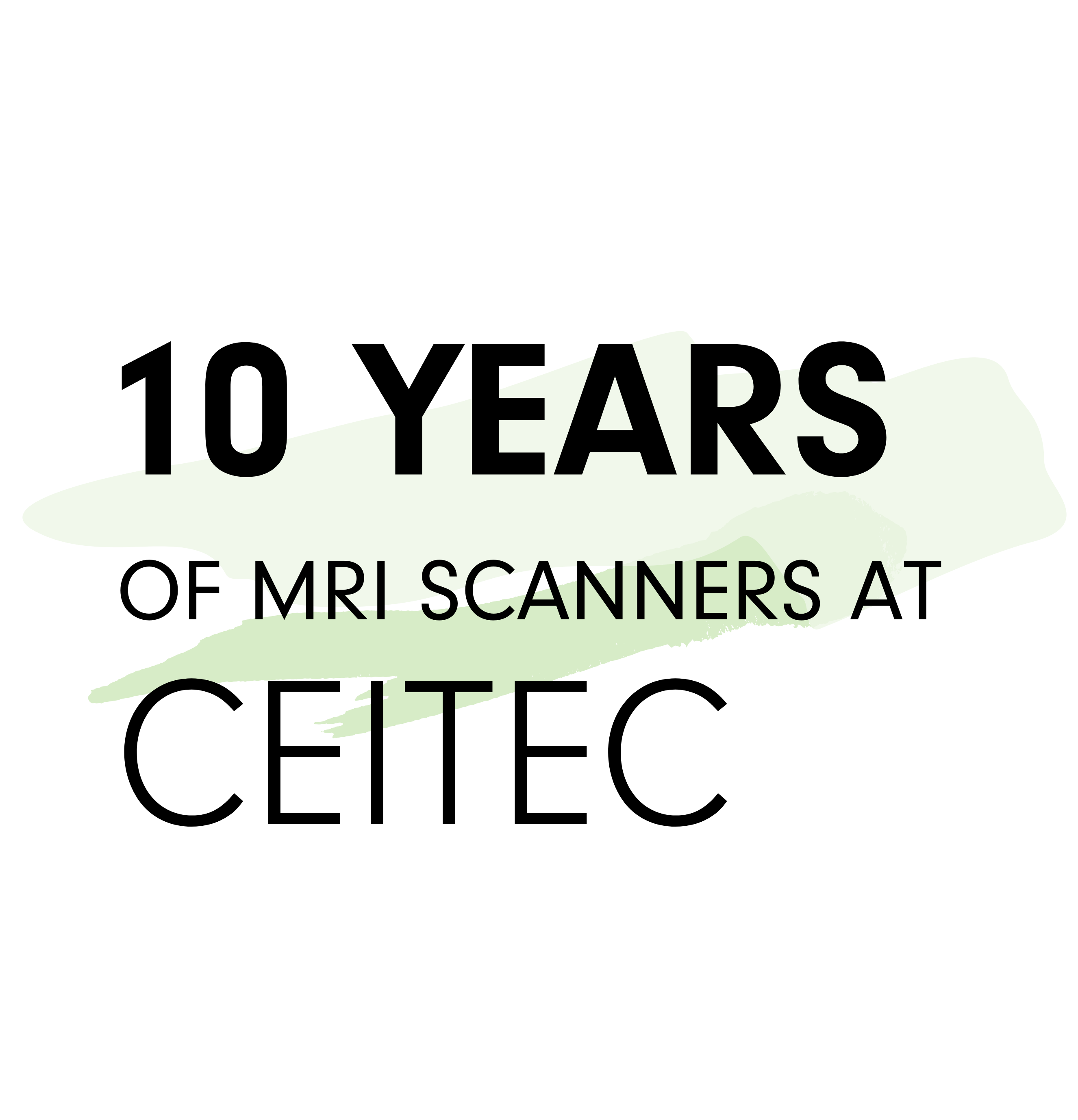
25 years of fMRI in Brno
The year 2025 will mark the celebration of the significant 25th anniversary of the introduction of functional MR imaging (fMRI) in Brno. This fundamental step started a new era in the development of imaging methods in neuroscience research, where fMRI was gradually complemented by other advanced imaging techniques, such as morphometric methods, diffusion and perfusion MR, MR spectroscopy, and also combined with various electrophysiological approaches and non-invasive brain stimulation.
In 2025, we will also celebrate the 10th anniversary of the start of operation of research MR scanners within the core facility MAFIL, CEITEC MU.








